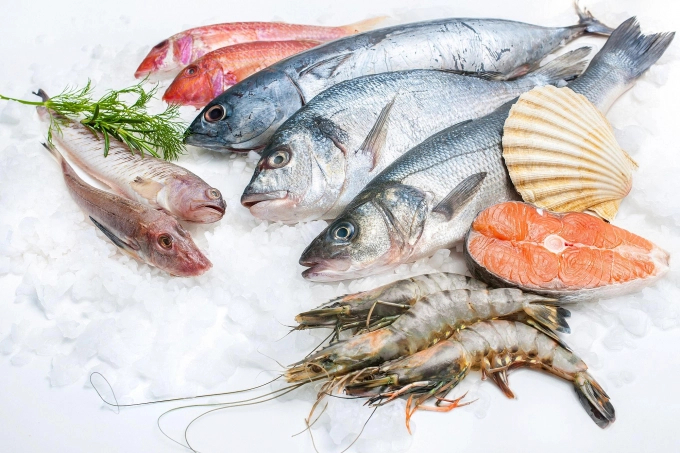November 28, 2025 | 08:04 GMT +7
November 28, 2025 | 08:04 GMT +7
Hotline: 0913.378.918
November 28, 2025 | 08:04 GMT +7
Hotline: 0913.378.918

Businesses exporting seafood and salt to the EU need to be mindful of the new regulation on mercury residues. Photo: TL.
According to Ministry of Industry and Trade, in the new regulation of the European Commission, mercury residues in seafood range from 0.3 to 1μg/kg, depending on the type of product. The maximum mercury residue in salt is 0.1μg/kg.
For products that already existed on the market, the product will be consumed until the expiry date of the product.
This regulation will take effect from May 3, 2022.
The Ministry of Industry and Trade noted that businesses exporting seafood and salt should pay attention to the new EU regulations on mercury residues.
The EU is currently one of the largest markets for Vietnamese seafood. In January this year, seafood export to the EU reached $108 million.
Translated by Hoang Duy

(VAN) On November 27, the Ninh Binh Department of Agriculture and Environment and the Institute for Green Growth Research organized a training course on greenhouse gas inventory for businesses.

(VAN) China’s cooking oil is suddenly flooding into India. It all comes down to a soybean surplus that Beijing doesn’t quite know what to do with.

(VAN) An Giang promotes supply-demand connections, standardizes quality and builds value chains, creating a foundation for sustainable bird’s nest development and aiming to expand exports.
/2025/11/24/5339-4-nongnghiep-075331.jpg)
(VAN) Recently, the conference on 'Sustainable Fisheries Linkage Chain - Tilapia for Export' took place in Tien Hai commune, Hung Yen province.
/2025/11/21/4309-2-153400_128.jpg)
(VAN) Green and low-emission rice is paving the way for Vietnamese rice to enter high-end markets, marking the beginning of a transformation journey toward greening and elevating the national rice brand.

(VAN) ‘Right to Win’ outlines a national action plan that shapes a new vision for Viet Nam’s agriculture in an era of renewal and global integration.

(VAN) Lam Dong’s farmed sturgeon output this year is expected to reach 2,300 tons, worth VND 450 billion, affirming the brand’s position on the market.